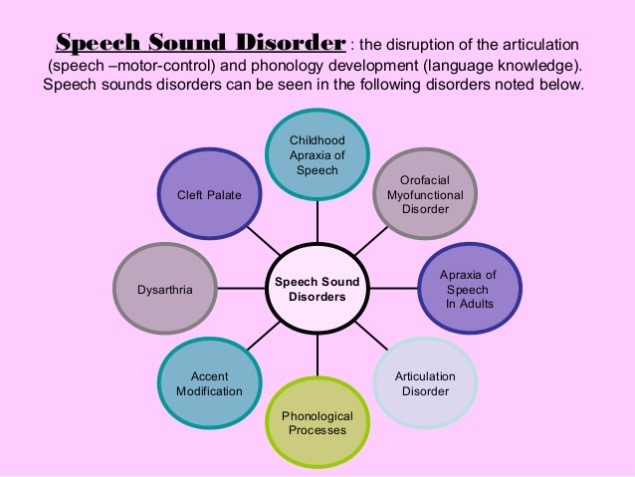
Speech Time
Bilingual Pediatric Speech-Language Therapy
Call us to schedule a free consultation: 818-522-5651
When a person is unable to produce speech sounds correctly or fluently, or has problems with his or her voice, then he or she has a speech disorder. Difficulties pronouncing sounds, or articulation disorders, and stuttering are examples of speech disorders.

Speech sound disorders is an umbrella term referring to any combination of difficulties with perception, motor production, and/or the phonological representation of speech sounds and speech segments (including phonotactic rules that govern syllable shape, structure, and stress, as well as prosody) that impact speech intelligibility.
Known causes of speech sound disorders include motor-based disorders (apraxia and dysarthria), structurally based disorders and conditions (e.g., cleft palate and other craniofacial anomalies), syndrome/condition-related disorders (e.g., Down syndrome and metabolic conditions, such as galactosemia), and sensory-based conditions (e.g., hearing impairment).
Speech sound disorders can impact the form of speech sounds or the function of speech sounds within a language. Disorders that impact the form of speech sounds are traditionally referred to as articulation disorders and are associated with structural (e.g., cleft palate) and motor-based difficulties (e.g., apraxia). Speech sound disorders that impact the way speech sounds (phonemes) function within a language are traditionally referred to as phonological disorders; they result from impairments in the phonological representation of speech sounds and speech segments-the system that generates and uses phonemes and phoneme rules and patterns within the context of spoken language. The process of perceiving and manipulating speech sounds is essential for developing these phonological representations.
Often, it is not possible to determine the underlying cause of a speech sound disorder or to differentiate articulation from phonological etiology. Nevertheless, this Portal Page maintains the distinction for descriptive purposes and because distinguishing each error type may have practical applications for diagnosis and treatment approaches.
